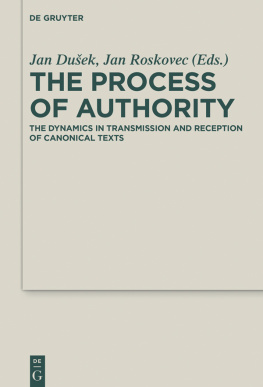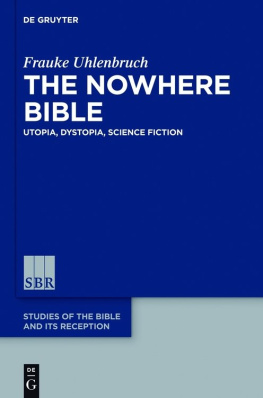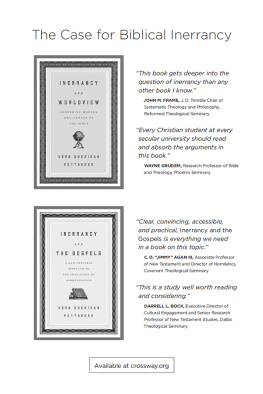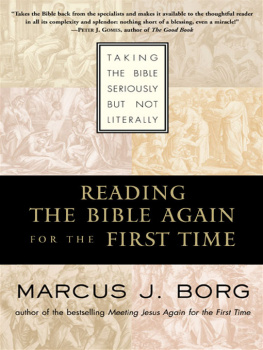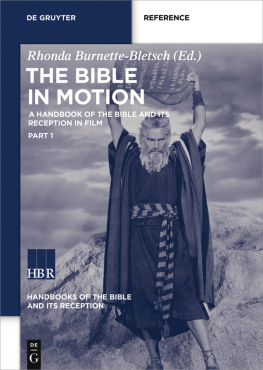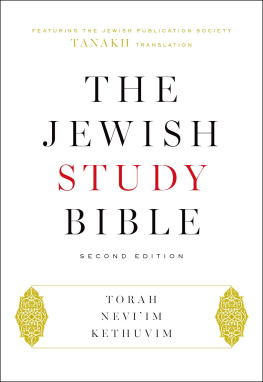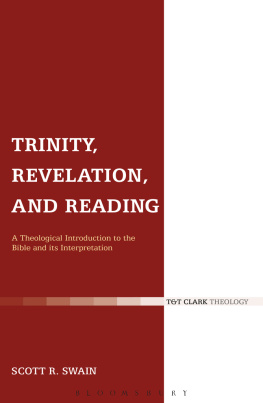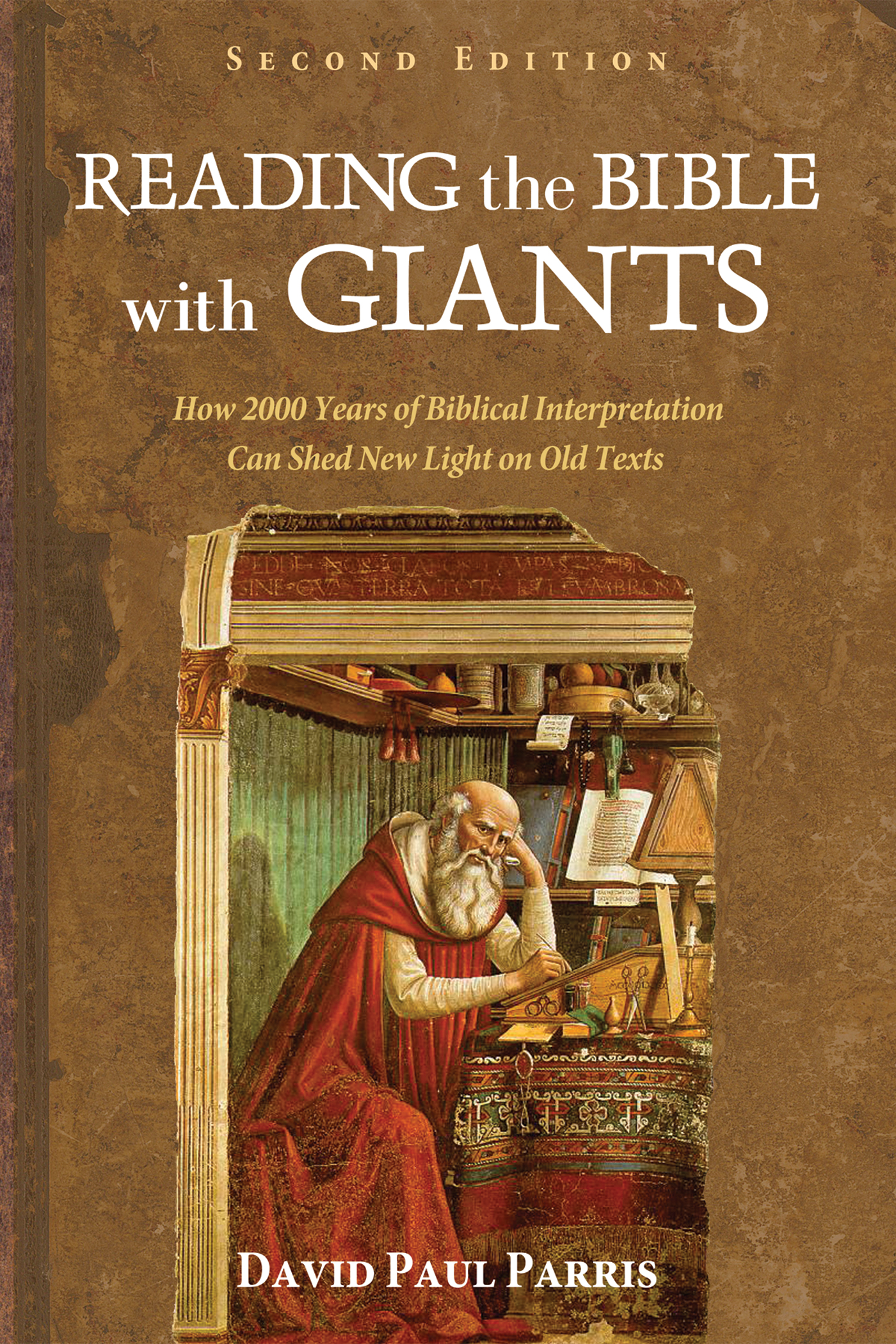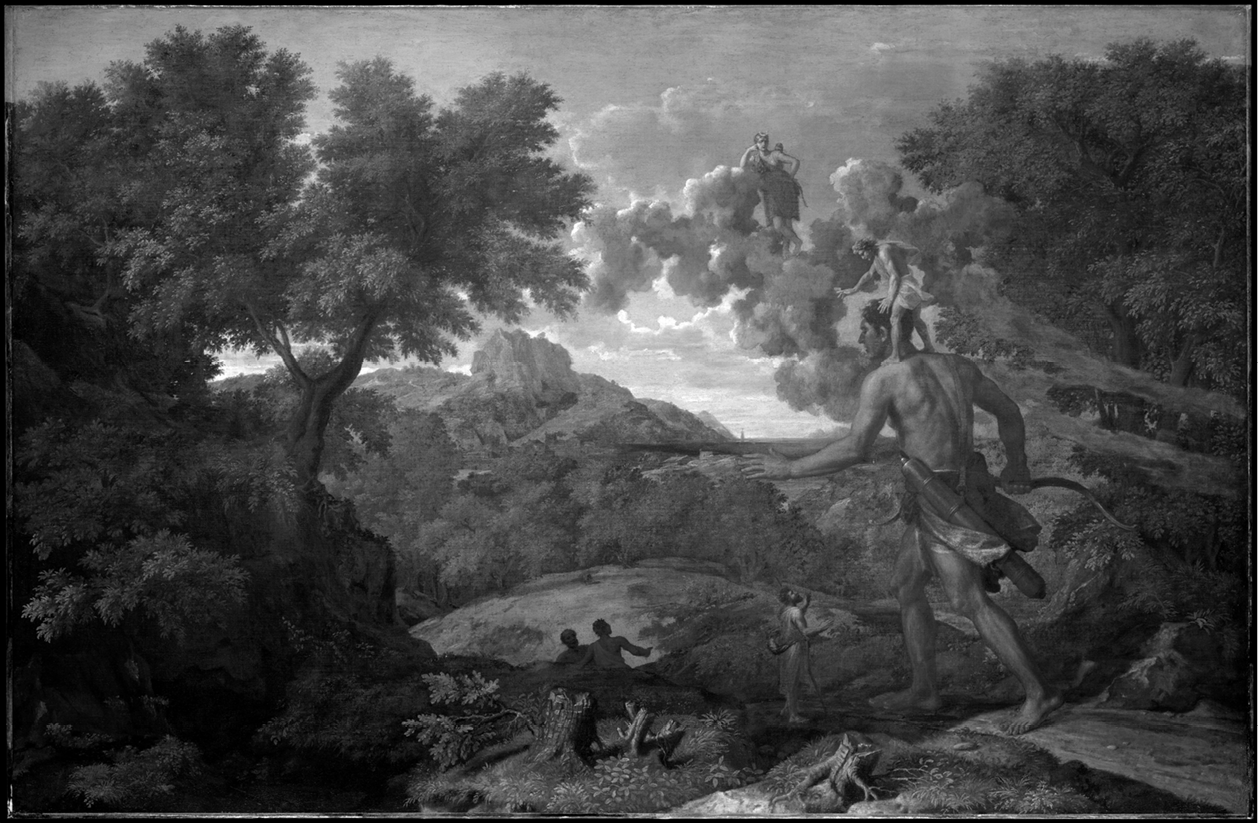Figure . Landscape with Orion or Blind Orion Searching for the Rising Sun , Nicolas Poussin. | xiv
Figure . The shaded area in the center represents a balanced hermeneutical model that incorporates these four very different goals of interpretation . |
Figure . Pikes Peak with Garden of the Gods in the foreground: Colorado. |
Figure . The Hermeneutical Spiral. |
Figure . Duck/Rabbit illustration. |
Figure . Close up from the Carta Marina of Baleen and Orca whales. |
Figure . Michelangelo preserved the piscem grandem , big fish, reading of Jonah with his depiction of Jonah in the Sistine Chapel. |
Figure . Cover page from Rondelets Libri de Piscibus Marinis. |
Figure . Spider walking on water. |
Figure . Ridge of mountain peaks in Colorado. |
Figure . William Carey, woodcarving from 1887 . |
Figure . Raising Lazarus , Chichester Cathedral, 1120 AD. |
Figure . The grey area represents a middle ground in which practical relevance and interaction with your audiences preunderstandings captures their attention, and if carefully balanced, will sustain their attention. |
Figure . Woodcut from 1480 of St. Valentine, a patron saint of epilepsy. St. Valentine pray to God for us in Rufach. |
Preface
Only eight years have passed since the publication of Reading the Bible with Giants . As I finish the second edition of this book I cannot help but feel that more time than that has passed. The paradigm shift from print to e-books that was beginning just a few years ago is in full swing now. The invention of moveable type and Gutenbergs press transformed not only how people read, but who read that material and how accessible printed material was. The shift to electronic media is beginning to have a similar impact, only it is occurring in a much more compressed time span. Marshall McLuhans insight that the medium is the message, that the form of a medium is incorporated in the message and influences how the message is received, may have been originally addressed the impact of television but applies to the shift in publication we are experiencing today as well.
Revisiting my work in this context has been a stimulating challenge in a number of ways. First, because this book will be released in print, ePub, and iBook formats, it has forced me to look at the argument, structure, and content of the material with fresh eyes. What works in print (longer chapters) may not be appropriate for someone reading it on their e-book reader and vice versa. The ability to include images and other media in the e-book formats has justified the inclusion of more images in the print form to level the playing field.
During this same time span there has been an explosion of content relevant to the history of biblical interpretation on the Internet. Medieval manuscripts that once required a visit to the special collections room of a library or museum in Europe are often available as high-resolution images on the Internet. When I wrote the first edition of this book I tried as hard as I could to cite resources that were available on the Internet. This often led to long searches or ended in frustration. By contrast, this time I often had to select between several websites that had similar information in order to determine which site presented the material in the clearest or most accessible manner.
There has been a growing interest in the reception history of the Bible since the first edition of this book as well. Commentaries are beginning to include discussion on how the text has been interpreted and the impact of those interpretations. Commentary series that focus on the history of interpretation continue to grow and mature in sophistication. Specialized studies that examine one book of the Bible or a particular biblical story appear with increasing frequency. The gorgeous three-volume work Illuminating Luke by Heidi Hornik and Mikeal Parsons is an exemplar of the recent interest in this field.
Needless to say it has been an enjoyable task revisiting and revising my work. Not only has it allowed me to correct mistakes in the text and hopefully clarify my argument at various points but it has been a real learning experience on my part as well. On the one hand, exploring the implications and tools for writing an e-book has opened my eyes to the potential teaching and communication avenues for this new medium. On the other hand, as I reviewed my earlier research and pursued new lines of inquiry, my own understanding of the various biblical texts that I use as examples was expanded.
The concept of the hermeneutical circle is brought up at several points in this book. Every time we study the Bible we come at it from a slightly different perspective. Understanding is always a fluid act, constantly being revised and updated. When I laid the manuscript for this book down for its initial publication that was, in a certain sense, one circuit around the hermeneutical circle. Now, as I finish a revision of this book, I have completed my second journey around that circle. This revision is a partial reflection of one of my laps around the hermeneutical circle. Hopefully the text reflects the education and edification that I have received from reading the Bible at the feet of the giants who have preceded me, and I encourage you to join me on this journey.
Figure . Landscape with Orion or Blind Orion Searching for the Rising Sun , Nicolas Poussin, 1658 (Wikimedia, public domain)
The Greek mythological story of Orion may have served as the basis for the metaphorical image that is attributed to Bernard of Chartes. The giant Orion is said to have walked across the sea to the island of Chios. While drunk he attached Merope, the kings daughter. King Oenopion exacted revenge by blinding the great hunter. Forced to wander aimlessly, he was saved by his slave, Cedalion, who guided him, riding on his shoulders, to the far east where the sun god, Helios, restored Orions sight.
Reading the Bible with Giants
How 2000 Years of Biblical Interpretation Can Shed New Light on Old Texts
Second Edition
Copyright 2015 David Paul Parris. All rights reserved. Except for brief quotations in critical publications or reviews, no part of this book may be reproduced in any manner without prior written permission from the publisher. Write: Permissions. Wipf and Stock Publishers, W. th Ave., Suite , Eugene, OR 97401 .
Cascade Books
An Imprint of Wipf and Stock Publishers
W. th Ave., Suite
Eugene, OR 97401
www.wipfandstock.com
ISBN : 978-1-62564-728-3
EISBN 13: 978-1-63087-934-1
Cataloguing-in-Publication Data
Parris, David P. (David Paul)
Reading the Bible with giants : how 2000 years of biblical interpretation can shed new light on old texts / David Paul Parris.


